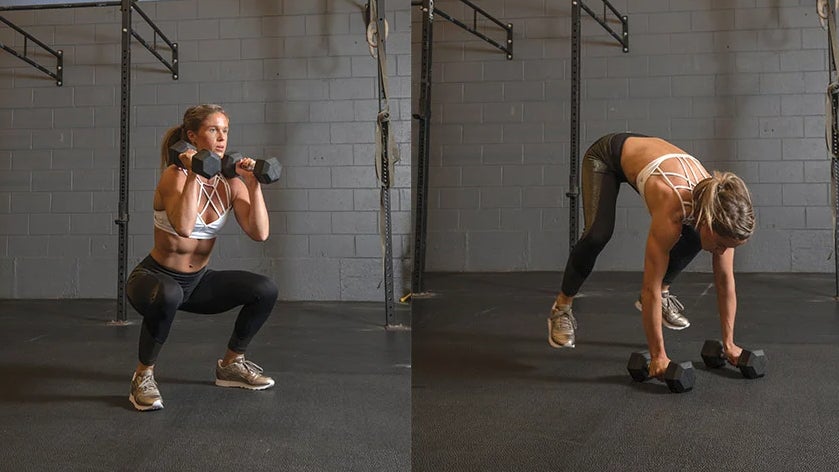

Unleashing Potential: The Essence of Embracing Functional Fitness
Functional Fitness has become a buzzword in the fitness world, and for good reason. This approach to exercise is not just about aesthetics but emphasizes practical movements that enhance daily life. Let’s delve into the transformative world of Functional Fitness and its impact on overall well-being.
Functional Fitness Unveiled: Beyond Traditional Workouts
Functional Fitness revolves around exercises that mimic real-life activities, focusing on movements that engage multiple muscle groups. Unlike isolated exercises targeting specific muscles, functional movements enhance coordination, stability, and overall functionality. This holistic approach contributes to improved mobility and a reduced risk of injuries.
Everyday Benefits: Enhancing Daily Life Movements
The core principle of Functional Fitness is its direct applicability to daily life. Whether it’s lifting groceries, bending to tie shoelaces, or reaching for an overhead item, functional exercises mirror these movements. By incorporating these functional patterns into workouts, individuals can enhance their ability to perform everyday activities with ease.
Versatility in Action: Adaptable for All Fitness Levels
One of the key strengths of Functional Fitness lies in its adaptability. Whether you’re a fitness novice or a seasoned athlete, functional exercises can be scaled to suit your fitness level. This versatility makes it an inclusive approach accessible to everyone, fostering a welcoming fitness community.
Core Strength: The Foundation of Functional Fitness
The emphasis on core strength sets Functional Fitness apart. A strong core is central to stability and balance, crucial elements in daily movements. Functional exercises target the core muscles, including the abdomen, lower back, and hips, promoting a stable and resilient foundation for overall body strength.
To explore personalized Functional Fitness programs and expert guidance on integrating this approach into your fitness routine, visit Amal Islam’s website. Amal Islam provides valuable resources to support your journey to functional fitness excellence.
Preventing Injuries: A Proactive Approach to Well-Being
Functional Fitness goes beyond aesthetics; it’s about fostering overall well-being. By incorporating movements that improve balance, flexibility, and joint stability, individuals can reduce the risk of injuries in both everyday activities and more intense workouts. This preventive aspect is a cornerstone of the Functional Fitness philosophy.
Engaging Multiple Muscle Groups: Efficient Workouts
Functional exercises often engage multiple muscle groups simultaneously. This efficiency not only saves time but also contributes to a more comprehensive workout. Compound movements, such as squats, lunges, and kettlebell swings, activate various muscle groups, promoting a balanced and functional physique.
Mind-Body Connection: Enhancing Cognitive Function
The integration of mind and body is a key element of Functional Fitness. As individuals focus on coordinating movements and maintaining balance, cognitive function is naturally stimulated. This mind-body connection not only enhances the overall workout experience but also contributes to cognitive well-being.
Community and Support: A Holistic Fitness Approach
Functional Fitness is not just about individual workouts; it fosters a sense of community and support. Group classes and shared experiences create a supportive environment that encourages individuals to push their limits and celebrate their successes together. This communal aspect adds a social dimension to the fitness journey.
In conclusion, Functional Fitness transcends conventional workout routines. It’s a lifestyle approach that enhances not just physical strength but also practical functionality in daily life. Whether you’re aiming to prevent injuries, improve mobility, or foster a supportive fitness community, Functional Fitness offers a holistic path to well-being. Begin your journey with resources and guidance available at Amal Islam’s website.






